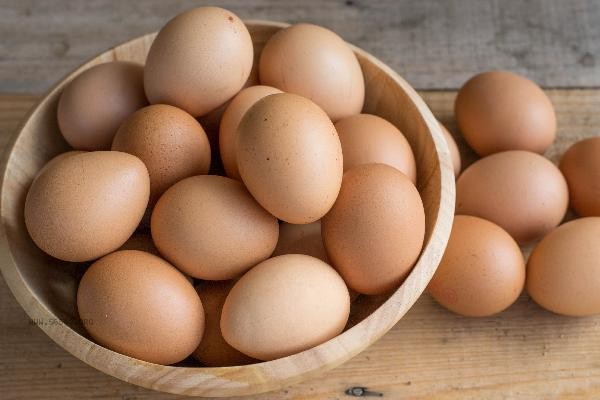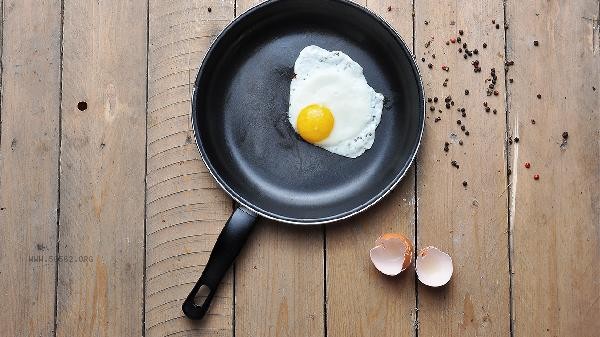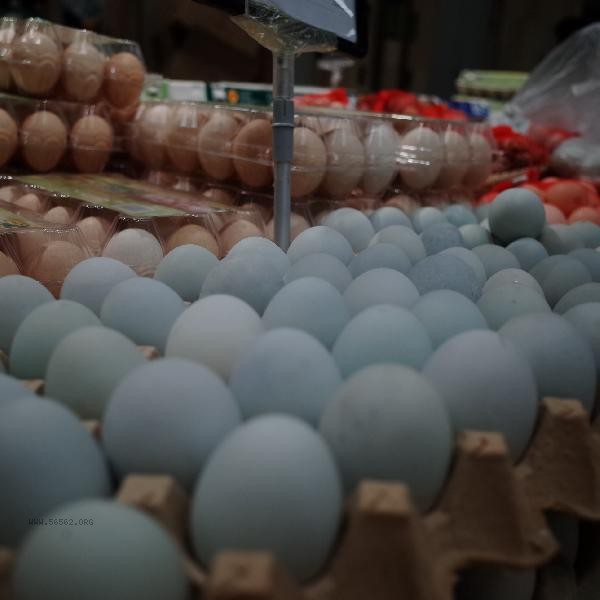The key to keeping boiled eggs intact is to control the water temperature, handle the eggshells, and adjust the cooking method. There are mainly five methods: putting cold water in the pot, adding salt or vinegar, cooking over low heat, tapping the air chamber end, and soaking in cold water after cooking.

1. Boil eggs in cold water
Heating eggs and cold water simultaneously can prevent the eggshell from cracking due to excessive temperature difference. After putting the eggs in the pot, add enough cold water to completely submerge the eggs. As the water temperature slowly rises, the egg white gradually solidifies to form a protective layer, and the pressure difference between the inside and outside of the eggshell decreases. This method is particularly suitable for refrigerated eggs, as it can reduce the impact of thermal expansion and contraction on the eggshell.
2. Adding salt or vinegar
When cooking, adding a small amount of salt or white vinegar per liter of water can change the osmotic pressure of water and strengthen the structure of eggshells. Salt can cause egg whites to solidify faster and form a buffer layer, while acetic acid can soften the subtle cracks in eggshells. Be careful not to add too much. Add half a teaspoon of salt or one tablespoon of vinegar to 500ml of water, as excessive amounts may affect the taste of the eggs.
3. Cook slowly on low heat
After the water boils, immediately turn it to low heat to maintain a slight boiling state. Intense boiling can cause the eggs to collide and break. Gently push the egg with chopsticks to evenly heat it, avoiding local overheating and steam accumulation. It is recommended to adjust the power of the induction cooker to 800 watts and keep the flame of the gas stove out of contact with the center of the pot bottom. Control the cooking time for 8-10 minutes throughout the process, as prolonged cooking can cause the yolk surface to turn green.

Fourth, tap the air chamber end.
Before cooking, use a needle to lightly pierce a small hole in the air chamber at the round end of the egg to release the accumulated air inside. When operating, use a push pin to pierce 2 millimeters deep into the surface of the eggshell at a 45 degree angle, avoiding the eggshell membrane. This method can balance the internal and external air pressure, especially suitable for eggs that have been stored for a long time. Fresh eggs do not require this step, excessive puncture may actually cause the egg liquid to seep out.
Fifth, Soak in Cold Water
Immediately transfer the egg to ice water and soak for 3 minutes after turning off the heat, using the principle of thermal expansion and contraction to separate the egg membrane from the shell. Rapid cooling can also terminate the residual heat and continue cooking, avoiding overcooking of egg yolks. If you need to peel the shell for consumption, you can gently break the eggshell and roll it in cold water. The water flow will seep into the gaps between the shell film, making it easier to peel off. It is recommended to extend the soaking time of refrigerated eggs to 5 minutes.

Choosing eggs of uniform size can ensure consistent heating, while old eggs are more prone to cracking due to the expansion of the air chamber. It is recommended to prioritize using fresh eggs produced within a week. It is advisable to use a thick bottomed pot and cushion it with a steaming rack to prevent eggs from directly contacting the high-temperature bottom of the pot. After mastering these skills, they can be extended to Tea egg, soft eggs and other variations, while preserving the complete eggshell shape and the best taste. When storing eggs in daily life, they should be placed upright with the tip facing downwards to help keep the yolk in the center position.








Comments (0)
Leave a Comment
No comments yet
Be the first to share your thoughts!